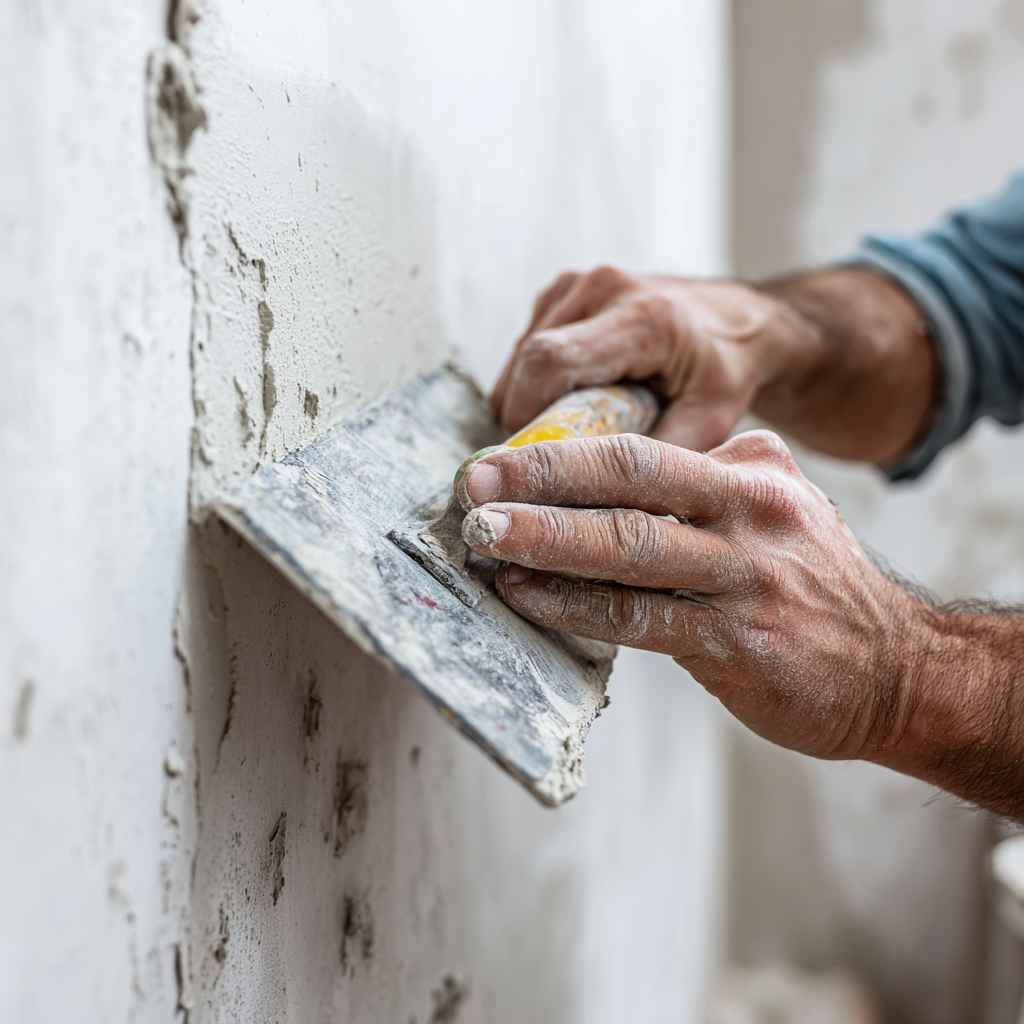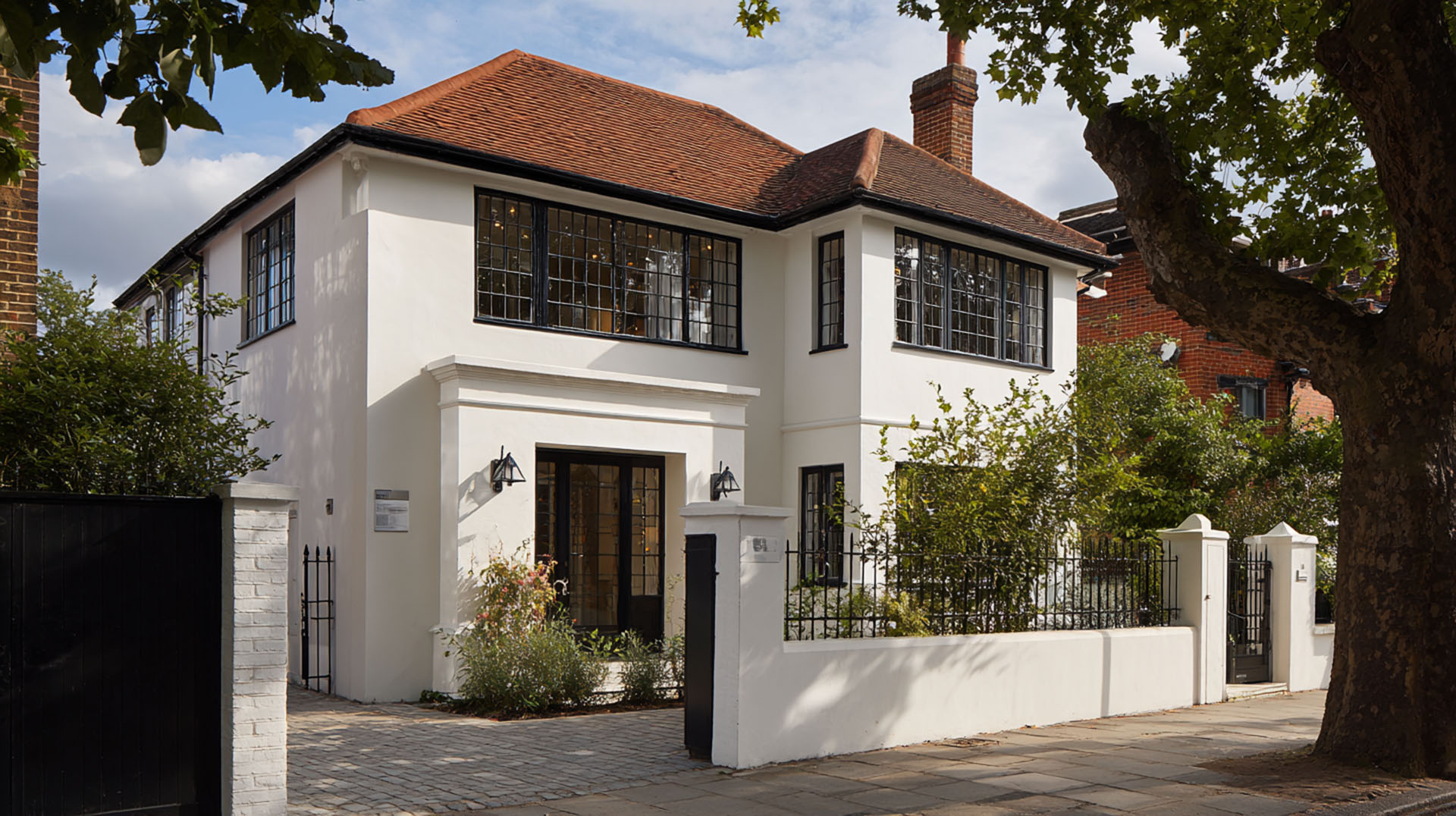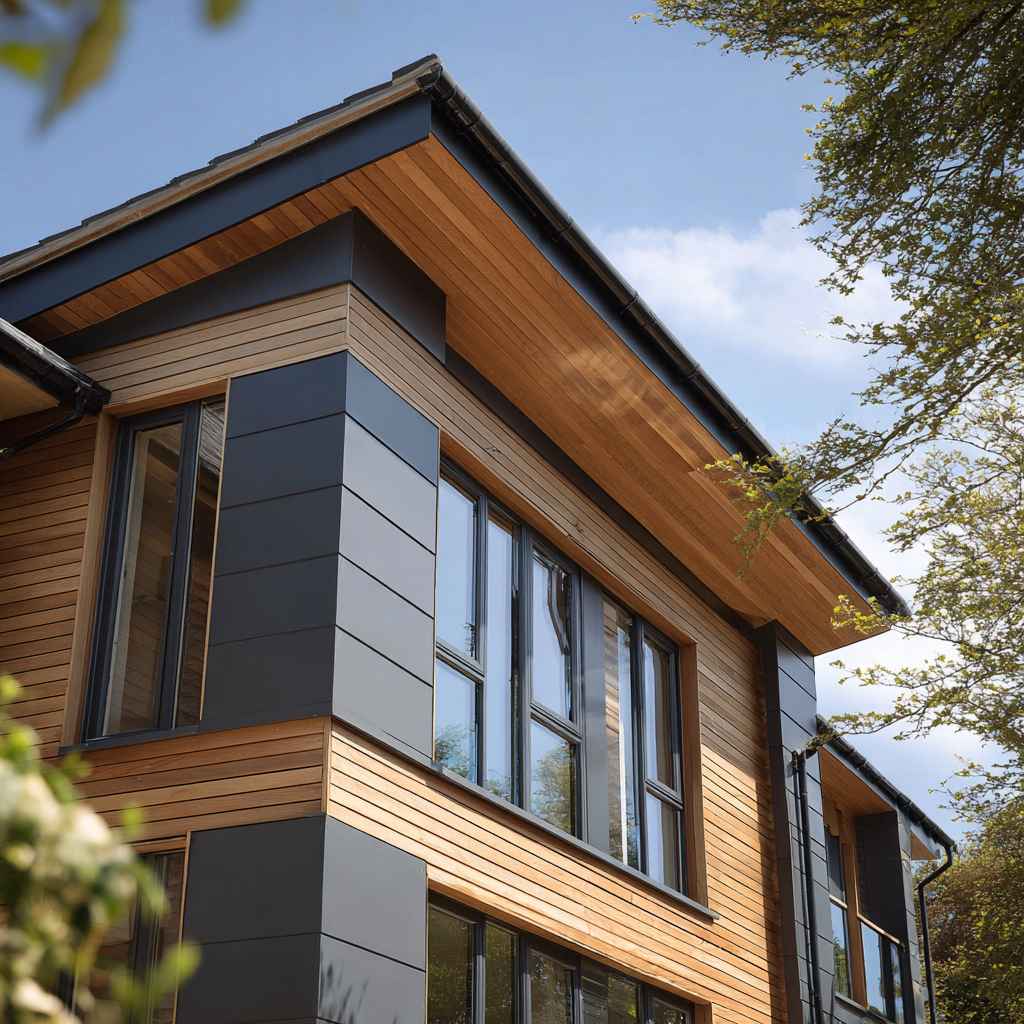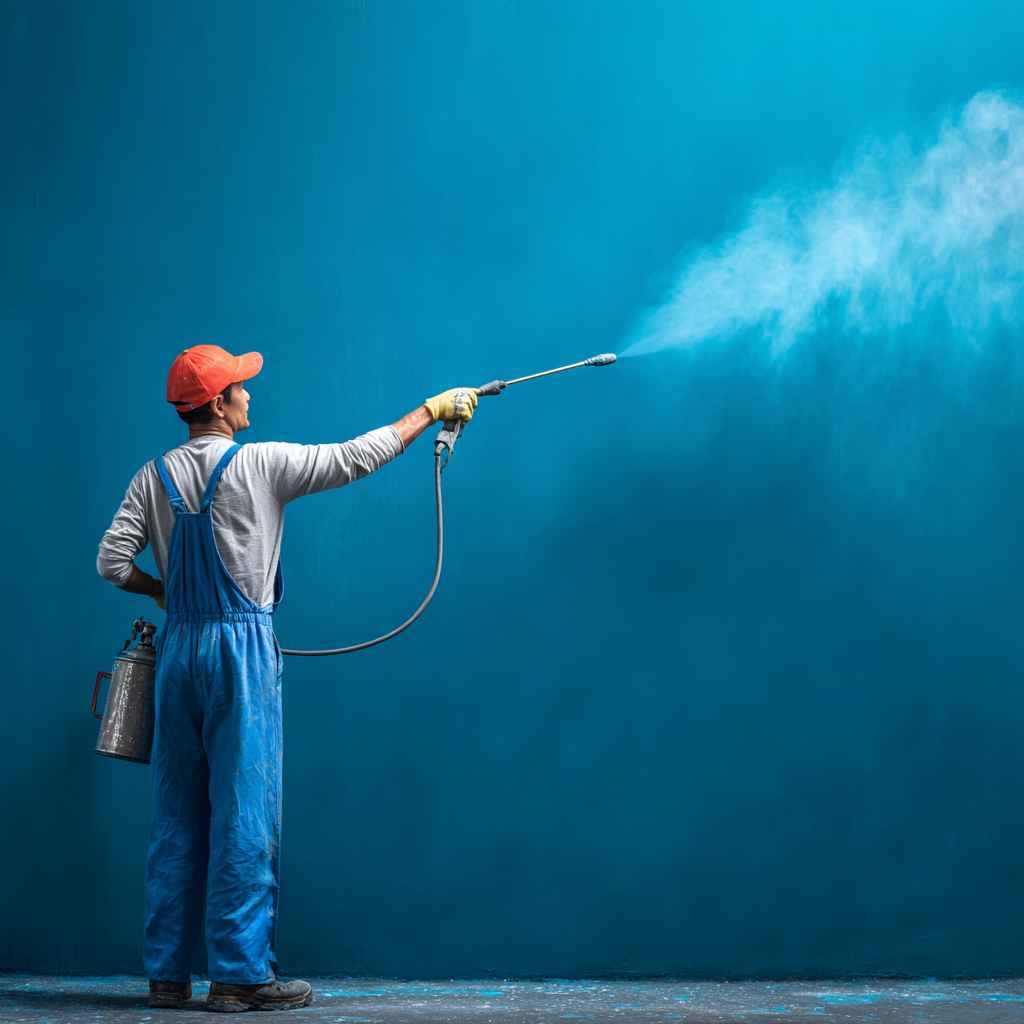Some wall renderings last longer than others, and knowing how to tell if your wall render is lasting long enough can save you money in the long run. There are some signs you can look out for to make sure you’re getting your money’s worth out of your wall render, like cracking or discoloration which means the wall render isn’t as durable as it should be.
Before applying your wall render, be sure to check out this guide on how to know if your wall render is lasting long enough. If you’re planning on painting or wallpapering soon, it’s important to ensure that your render isn’t going to be ruined by whatever you choose to do to the walls.
Knowing how long your wall render will last is something that you need to know before you start the job so that you can decide whether or not you are going to paint over it at the end of the project, or if you should just leave it as-is.
There are many factors that go into how long it will last, which we will discuss here in this guide on how to know if your wall render is lasting long enough so that you can figure out what your best option will be.
Read on for ways to tell how long your render will last and what you can do about it if things are looking grim.

How long does a wall render last?
Wall render should last for at least 6 months. If it has not been on the wall that long, you may have applied it incorrectly or it may be due to another factor such as humidity in your home.
To tell if your wall render has lasted enough, use a simple test. Give the surface of the wall a hard knock with your knuckle and see how easily it bounces back.
If there is no bounce or rebound, then the render may need re-application. You can also purchase an affordable tester from your local hardware store which will give you an accurate reading after only five minutes of contact time. Be sure to wear gloves when testing the paint!
The lifespan of different types of wall renders
Different types of wall renders have different lifespans. For example, in the case of a wet plaster or lime render, it could last anywhere from 20-30 years.
On the other hand, a concrete render might only last about 5-7 years. The type and quality of the material you choose will also impact the lifespan of your wall render.
It’s important to consider these factors when deciding on what type of wall render to use for your home’s exterior. For example, if you want a long-lasting coating that can withstand harsh weather conditions such as rain and sun then an epoxy or acrylic coating might be better suited.
However, if you’re looking for something that’s easy to maintain then using just paint might be the best option.
Factors that affect the lifespan of a wall render
If you’re wondering how long your wall render will last, there are a few factors that play into it.
The humidity level of your home, the surface on which you applied the render, and even where in the world you live can all be factors that affect a wall render’s lifespan.
Here are some things to keep in mind when applying your wall render:
– Humidity level: The higher the humidity level of your home, the shorter lifespan you can expect for your renders. This is because moisture causes mud and clay particles used in most renders to soften and deteriorate faster than they would at lower humidity’s.
– Surface type: Certain surfaces react differently to house paint and plaster paints.
– Location: Keep in mind that some climates are harsher than others, so if you live somewhere with extreme heat or cold, your renders may not last as long as those living in more temperate zones.
– Building materials: Newer buildings may require less upkeep than older structures due to better building materials like fibre cement siding or aluminium cladding boards.
Signs that your wall render needs to be replaced
Wall render can last between two and five years. However, there are some signs that may indicate that it’s time to replace it sooner than anticipated. These include:
-The walls are showing cracks or become spongy to touch
-The wall render looks faded or patchy
-Discoloured water stains have formed on the surface.
-There are bubbles appearing in patches throughout the material
-Paint has started chipping away at the edge of the wall

Tips for prolonging the lifespan
While the lifespan of a wall render can vary depending on the type of materials used and environmental factors, there are a few steps you can take to prolong its lifespan.
First, install it as soon as possible because it’s best to keep new walls from becoming wet and keep humidity levels down. Second, properly prepare your surfaces by covering them with an underlayment that will minimize cracking and provide a good seal for your render.
Third, wait 24 hours before painting or applying wallpaper, and make sure you do not paint directly onto the render surface. Fourth, apply a coat of primer before applying paint.
Finally, remove any peeling corners of the render as they are more likely to peel off completely in time. If it does happen to start to come off, we recommend patching these areas instead of removing the entire thing.
In some cases, all you need to do is scrape away loose particles so the underlying base coat has a better chance of adhering again. It’s important to remember not to repaint over peeling corners until after they have been repaired with drywall tape and drywall mud.
Drywall tape provides a stronger bond than using a standard joint compound. To know whether or not your wall render is lasting long enough, be aware of cracks around door frames, window casings, and other joints that might show signs of movement early on; this way you can replace them before it becomes too costly later on.







